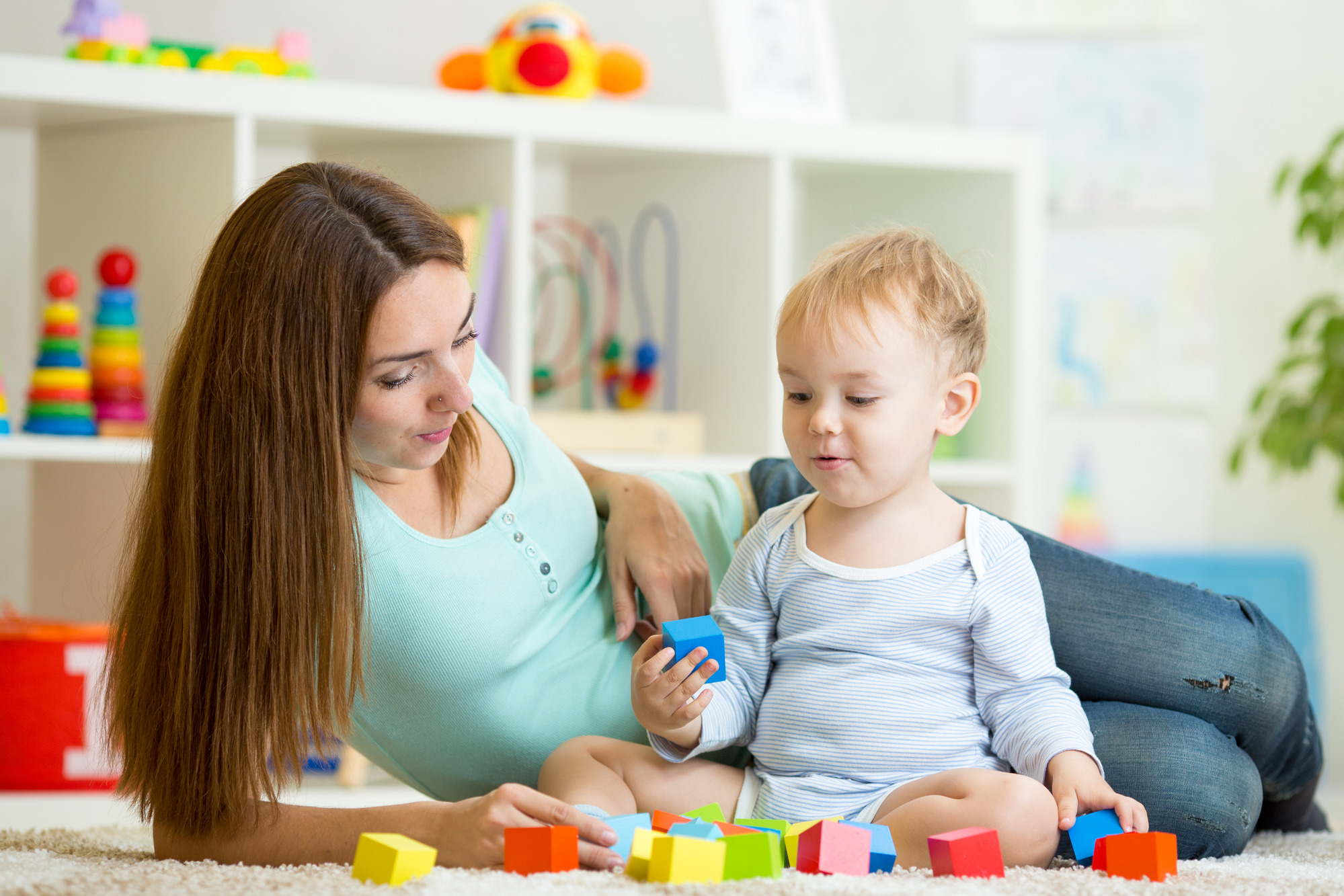Bullying is a scourge. Not a single Australian parent will be unaware of both the prevalence of bullying and the damage it can cause if left unaddressed. As parents, we worry about it. Unfortunately, worrying doesn’t change or improve the situation. It’s what we do next that matters most.
The first step is in knowing what bullying is and, importantly, what it isn’t. We’re conditioned by an inflammatory media these days to label every poor behaviour that a child demonstrates at school, in your neighbourhood or online as being bullying because some channels just love using that big scary B-word to get our attention.
But the truth is that, to call it bullying, we need three factors to be true.
How to know if it’s really bullying.
Firstly, it needs to be about power. Bullying is when a person or group deliberately harms another person or group for the purpose of putting them down or degrading them. Bullying is about social hierarchy and being higher up the popular pecking order than others.
This means that it isn’t when a pair of six-year-olds have a squabble over a toy car and one of them wins. That’s just a squabble.
Secondly, bullying is repeated. No matter how nasty or cruel an act is, doing it once just doesn’t meet the standard we set for bullying. Sure, it’s not on and we’ll deal with that behaviour. But we’ll deal with it in isolation and not as part of a bullying pattern.
And finally, bullying is harmful. For it to be called bullying, it has to have an impact – and some of our kids have already mastered the art of denying a bully that reward. Perhaps a student shouts a mean name from the bus at a child walking home every day for a week. Is it about power? Yep, tick. Is it repeated? Yep, tick two.
But is it doing any harm if the recipient is resilient enough to roll the eyes and mouth the word “whatever” at the bus before confiding in a friend that she actually feels sorry for anybody who feels the need to carry on like that?
It’s just not doing any damage. As we say in Australia “it’s water off a duck’s back”. And instead of overreacting about the behaviour of the student on the bus, we’d be much more productive congratulating the student on the footpath and allowing her to show others how they can beat the bullies so effortlessly.
Now, if you’ve managed three ticks and you have a bullying case on your hands, you now find yourself in one of two camps – the camp of the child who’s copping the bullying or the camp of the kid who’s perpetrating. Both camps can feel unbearably awful, but we don’t talk about the latter anywhere near enough.
So, to square the ledger, here’s my number one tip for parents in both camps.
Helping your bullied child.
For the parent of the child being bullied, don’t get too emotional. This isn’t about you. Your child has been brave and vulnerable in even letting you know that this is happening to them. They’re emotional about it and looking for somebody rational enough to help them locate a solution.
So, avoid lapsing into “Oh my goodness! This happened to me when I was in Year 8 as well. It was awful, just shattering. I know exactly what you’re going through. <Sobs commencing> You know, I’m not sure I’ve ever fully gotten over it. I think I need a drink. Then I’m going down to that school to give that Principal a piece of my mind. How dare she let this happen!”
That’s not the reaction your child was looking for. Instead imagine your emotional reaction on a scale from zero to ten and try to land between four and six. Care … but don’t lose the plot.
But what if it’s my kid doing the wrong thing?
And if your child is the one doing the bullying – because they’re all capable of developing a temporary lust for power – see it as a problem to be collectively solved. Work with the school instead of against them. And bring your child along to be part of the solution.
Most importantly, seek opportunities beyond punishments for your child to take responsibility by helping their target recover. Help them write the apology letter or record the video apology. Arrange for them to spend some supervised time together.
Taking responsibility allows your child to shed the shame associated with having screwed up. And in the end, we all screw up. So, after you’ve helped your child make amends, don’t forget to forgive him too.
Bullying won’t be beaten with zero tolerance crackdowns, vengeance or overreacting grown-ups. All of this has been tried and failed before.
But an army of emotionally capable kids wandering the planet – that’s an army with a chance of winning this battle.
Adam Voigt is a former successful School Principal and system leader who is now the Founder & CEO of Real Schools. Adam is also the author of ‘Restoring Teaching’, a groundbreaking book aimed at restoring esteem for the role of educators through establishing strong, productive and restorative cultures around Australia’s schools.









